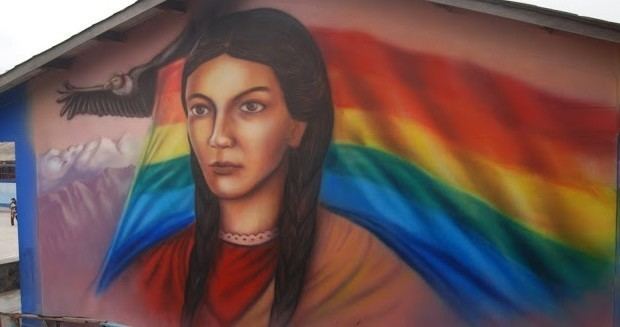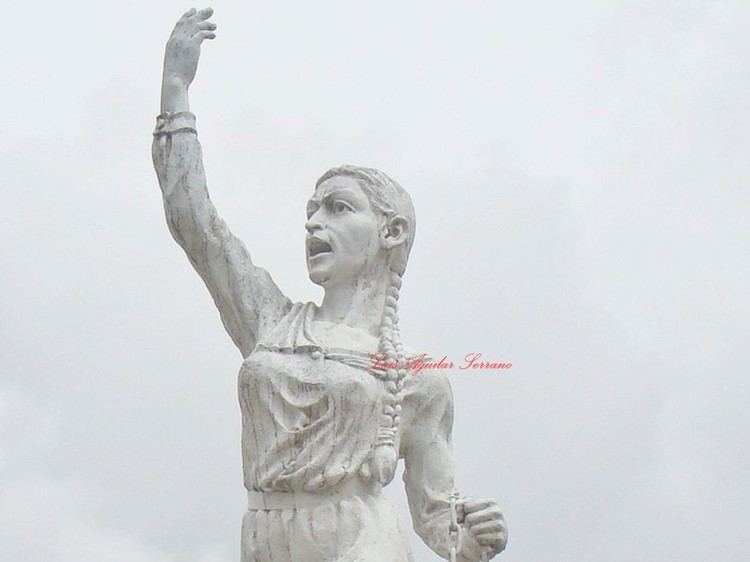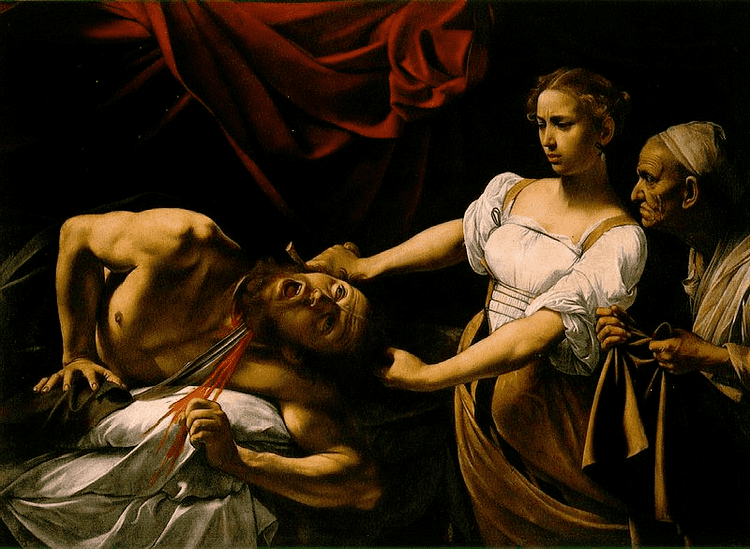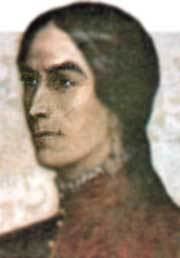Name Micaela Puyucahua Role Tupac Amaru II's wife | Died May 18, 1781, Cusco, Peru | |
 | ||
Spouse Tupac Amaru II (m. 1760–1781) Parents Manuel Bastidas, Josefa Puyucahua Similar People Tupac Amaru II, Maria Parado de Bellido, Bartolina Sisa, Jose Olaya, Mateo Pumacahua | ||
Micaela Bastidas Puyucahua
Micaela Bastidas Puyucahua (born in Tamburco, 1744; died in Cusco, May 18, 1781), was a pioneering indigenous leader against Spanish rule in South America, and a martyr for Peruvian independence. With her husband Túpac Amaru II, she led a rebellion against the Spanish and like him, suffered martyrdom of execution by the Spaniards when the revolt failed. She was a full partner in her husband's enterprises before the revolt, and "an exceptionally able leader of the rebellion." She has been described as the "celebrated wife of José Gabriel Condorcanqui (Túpac Amaru II)... who played a paramount role in the logistics of the rebel army in Cuzco in 1780 and 1781.
Contents

Biography

The documentation on the life of Micaela Bastidas in not ample in comparison to that of her husband, but the historical record documents her birth, marriage, and death. Micaela was born in Pampamarca (in Abancay) in 1744. She was the natural daughter of Manuel Bastidas (d. 1746) (perhaps of African descent or a priest) and Josefa Puyucahua Sisa. Given her status as an illegitimate child perhaps either of a priest or a black, she was marginalized in the overwhelmingly indigenous Andean highlands. Micaela spoke Quechua better than Spanish. She was a devout Catholic, but little formal schooling. An account describes her as being "a beautiful Indian girl." It is unclear whether she was of African descent, since virtually nothing is known about her father, but some documents refer to her as a Zamba, a name given during the colonial-era racial hierarchy for those of mixed race, African and indigenous. Her marriage certificate listed her parents as both being "Spaniards" (españoles), but there was considerable fluidity in the system of racial classification, and such a designation may have been a "sign of respectability."

On May 25, 1760, before her sixteenth birthday, Micaela married José Gabriel Condorcanqui, who later used the name Túpac Amaru II, in the church of Our Lady of Purification in the city of Surimana. José Gabriel was a young mixed-race descendant of an important figure in Peruvian history, of the Inca Tupac Amaru I, executed by the Spanish in 1572. In 1764, he was named the cacique or kuraka of the territories corresponding with his legacy: Pampamarca, Tungasuca, and Surimana. The title and perquisites of power was hereditary. He fixed his residency with Micaela in Tinta, a region of Cusco. The couple produced three sons, Hipólito (1761), Mariano (1762), and Fernando (1768), baptized by the same priest that married them.

José Gabriel had received a privileged education in the school of Jesuits in Lima and Cusco at a school for the sons of indigenous lords. He spoke and wrote Spanish, spoke Quechua, and knew some Latin from his Jesuit education. He was the owner of large extensions of land and riches, having many roles of administration of their property. As a chief, he would mediate between the chief magistrate and indigenous people and their crime charges. As he prospered, he saw how the rest of the population was affected due to the physical revolts and creation of internal customs. As a regional trader over an extensive network, with 350 mules to carry trade-goods, he was in an excellent position to forge relationships with those he traded with and gather information about local conditions and concerns. As a person of mixed roots, he felt that he touched all of the injustice with his people firsthand. He came up with strategies and official applications to the authorities of Tinta, Cusco and Lima so that indigenous people were freed from obligatory work in the mines and were exonerated with compliance of forced labor. He always got negativity and indifference, but began to develop a libertarian ideology based on the defense of indigenous people, slaves, creoles, and people of mixed races, while guiding the independence of the territory and commerce from the decisions of the crown of Spain.
The marriage was a happy one and a full partnership. An important series of letters in Spanish exchanged between them during the early period of the rebellion include endearments and pet names for each other, as well as concerns about the other's safety.
After that she was captured in a failed uprising. She had joined her spouse in leading the rebellion, leading indigenous men and women in a battle for independence as well as organizing supplies and recruiting forces.
She was executed by the Spanish very painfully on May 18, 1781, at 36 years of age. Her son Hipólito was also executed by the Spanish, both of them in front of Tupac Amaru II, who himself was then quartered and beheaded by the Spanish.
